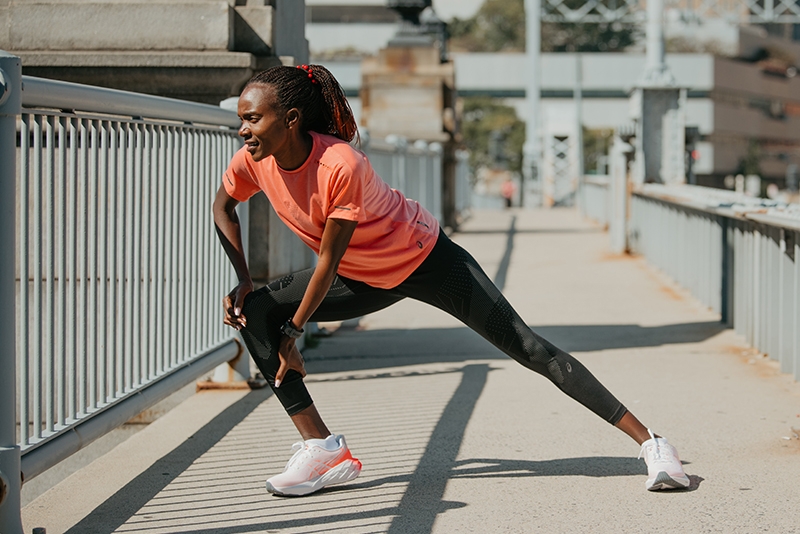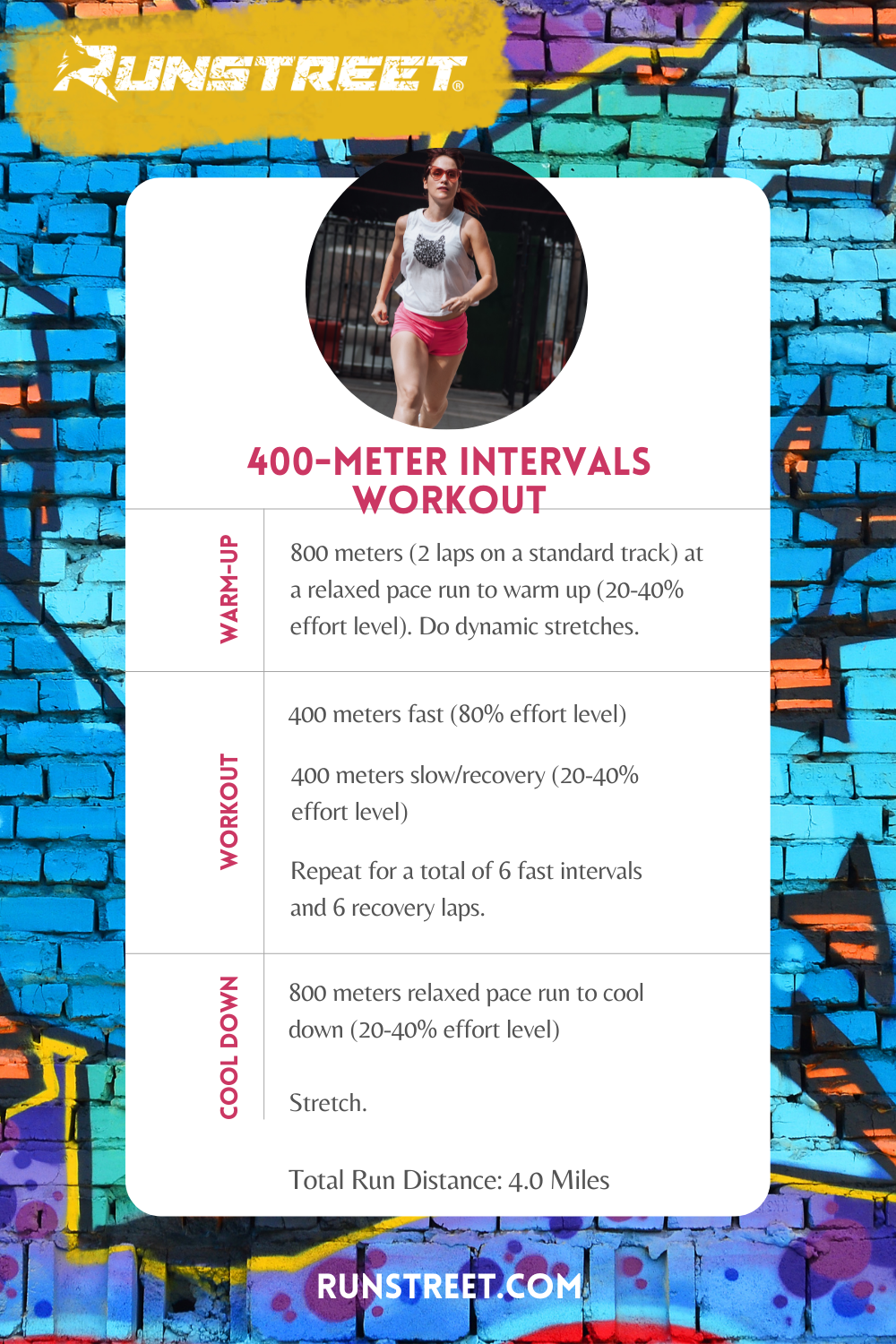Boost Your Running Strategy with Proven Techniques
Boost Your Running Strategy with Proven Techniques
Blog Article
Taking Care Of Usual Running Pains: Reasons, Solutions, and Prevention
As runners, we frequently come across numerous pains that can hinder our performance and pleasure of this physical activity. By exploring the root reasons for these running pains, we can discover targeted solutions and preventive actions to ensure a smoother and much more satisfying running experience.
Typical Running Pain: Shin Splints
Shin splints, a typical running discomfort, commonly result from overuse or inappropriate footwear during physical activity. The repetitive stress and anxiety on the shinbone and the tissues attaching the muscle mass to the bone leads to inflammation and discomfort.
To protect against shin splints, people need to slowly raise the strength of their workouts, wear proper footwear with appropriate arch assistance, and keep adaptability and strength in the muscles bordering the shin (running workout). Furthermore, incorporating low-impact activities like swimming or cycling can aid preserve cardiovascular health and fitness while enabling the shins to recover.
Usual Running Discomfort: IT Band Syndrome
Along with shin splints, one more common running discomfort that athletes often encounter is IT Band Syndrome, a condition triggered by swelling of the iliotibial band that leaves the external upper leg and knee. IT Band Syndrome generally manifests as pain on the exterior of the knee, especially during activities like running or cycling. The iliotibial band is a thick band of fascia that connects the aware of the shin, and when it comes to be swollen or tight, it can rub versus the thigh bone, bring about pain and discomfort.
Joggers experiencing IT Band Syndrome may observe a painful or hurting sensation on the outer knee, which can worsen with ongoing task. Aspects such as overuse, muscular tissue imbalances, improper running kind, or poor workout can add to the growth of this problem.
Usual Running Pain: Plantar Fasciitis

Plantar Fasciitis can be credited to different factors such as overtraining, improper footwear, running on hard surfaces, or having high arcs or flat feet. To try this web-site stop and ease Plantar Fasciitis, joggers can include stretching workouts for the calves and plantar fascia, use supportive footwear, preserve a healthy and balanced weight to lower pressure on the feet, and slowly boost running strength to avoid unexpected tension on the plantar fascia. If symptoms persist, it is recommended to seek advice from a health care professional for appropriate diagnosis and treatment options to deal with the condition properly.
Typical Running Pain: Jogger's Knee
After attending to the obstacles of Plantar Fasciitis, one more prevalent issue that runners frequently face is Jogger's Knee, an usual running discomfort that can hinder athletic performance and create discomfort during exercise. Jogger's Knee, additionally understood as patellofemoral discomfort syndrome, shows up as discomfort around or behind the kneecap. This condition is frequently associated to overuse, muscular tissue discrepancies, incorrect running methods, or problems with the positioning of the kneecap. Joggers experiencing this discomfort may really feel a plain, aching discomfort while running, increasing or down stairs, or after prolonged periods of sitting. To stop Runner's Knee, it is essential to include proper warm-up and cool-down routines, preserve strong and well balanced leg muscle mass, wear ideal footwear, and gradually increase running intensity. If symptoms continue, looking for suggestions from a healthcare professional or a sporting activities medicine professional is suggested to identify the underlying cause and establish a customized treatment plan to relieve the discomfort and stop further complications.
Typical Running Discomfort: Achilles Tendonitis
Typically afflicting runners, Achilles Tendonitis is an unpleasant problem that affects the Achilles tendon, causing pain and potential limitations in exercise. The Achilles ligament is a thick band of cells that links the calf muscle mass to the heel bone, crucial for tasks like running, leaping, and strolling - i thought about this. Achilles Tendonitis often establishes due to overuse, incorrect shoes, insufficient stretching, or sudden boosts in exercise
Signs of Achilles Tendonitis consist of pain and tightness along the ligament, especially in the early morning or after periods of lack of exercise, swelling that gets worse with task, and possibly bone stimulates in persistent cases. To stop Achilles Tendonitis, it is essential to extend correctly before and after running, wear appropriate shoes with appropriate assistance, slowly increase the strength of exercise, and cross-train to decrease recurring tension on the tendon.
Conclusion

Report this page